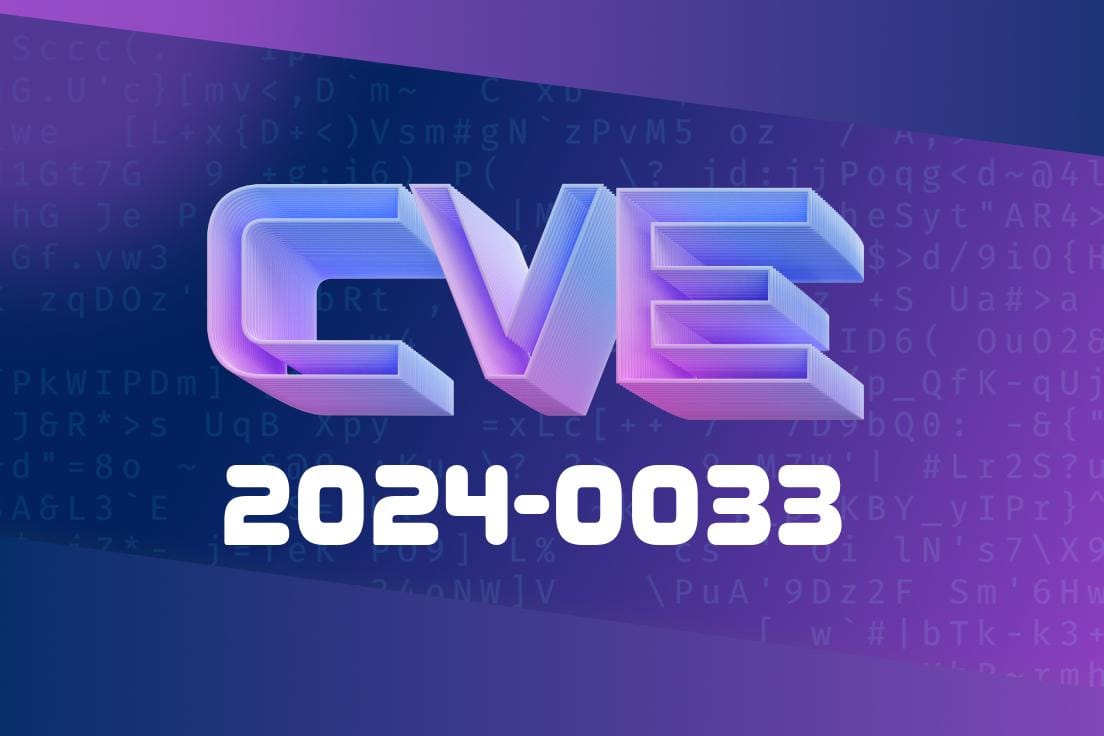A recent vulnerability, identified as CVE-2024-0033, has been discovered in multiple functions of the ashmem-dev.cpp file. The vulnerability poses a risk of a missing seal due to a heap buffer overflow, potentially leading to a local escalation of privilege. Additionally, no additional execution privileges are needed for this exploit, and user interaction is not required for its exploitation. In this post, we will delve into the details of this vulnerability, including its origins, impacts, and remediation steps.
Exploit Details
The vulnerability lies in the ashmem-dev.cpp file, which is responsible for providing access to shared memory. It is commonly used for communication between different Android processes.
The heap buffer overflow vulnerability is present in multiple functions of the file. This occurs when a buffer, or a continuous block of memory, is allocated for holding data, but the data written to the buffer surpasses its original size. Consequently, this overflows into adjacent memory locations, corrupting or overwriting the data stored there.
Reference to original issue: https://source.android.com/security/bulletin/2024-01-01#CVE-2024-0033
Code Snippet
int ashmem_pin_region(struct ashmem_area *asma, size_t pgstart, size_t pgend)
{
...
/* Here is where the heap buffer overflow can occur */
asma->as_bits[pgnum] = (ashmem_pin_mask)pgstart_range.start | ASHMEM_FLAG_UNPINNED;
...
}
int ashmem_unpin_region(struct ashmem_area *asma, size_t pgstart, size_t pgend)
{
...
/* This function is also vulnerable to heap buffer overflow */
asma->as_bits[pgnum] = (ashmem_pin_mask)pgstart_range.start & ~ASHMEM_FLAG_UNPINNED;
...
}
Impact
If successfully exploited, the vulnerability can lead to a local escalation of privilege. This means an attacker can gain additional permissions and access to sensitive information or system resources that should not be readily available. Since the vulnerability does not require user interaction, it increases the risk of an attack being carried out.
Remediation Steps
To mitigate this issue, it is crucial to ensure the latest patches and updates are applied to the affected software. Developers should review their code for the presence of this vulnerability and apply the necessary changes.
It is also recommended to follow secure coding practices to prevent these types of vulnerabilities. Some secure coding practices include:
1. Input validation: Verifying the data entered by the user before it is processed and stored in the application.
Conclusion
The CVE-2024-0033 vulnerability is a concerning issue due to its potential for a local escalation of privilege and the absence of user interaction required for exploitation. Developers and security teams should be aware of this vulnerability and take necessary precautions to remediate it. By staying vigilant and following secure coding practices, such vulnerabilities can be mitigated, leading to a more secure software environment.
Timeline
Published on: 02/16/2024 02:15:50 UTC
Last modified on: 02/16/2024 13:37:51 UTC
